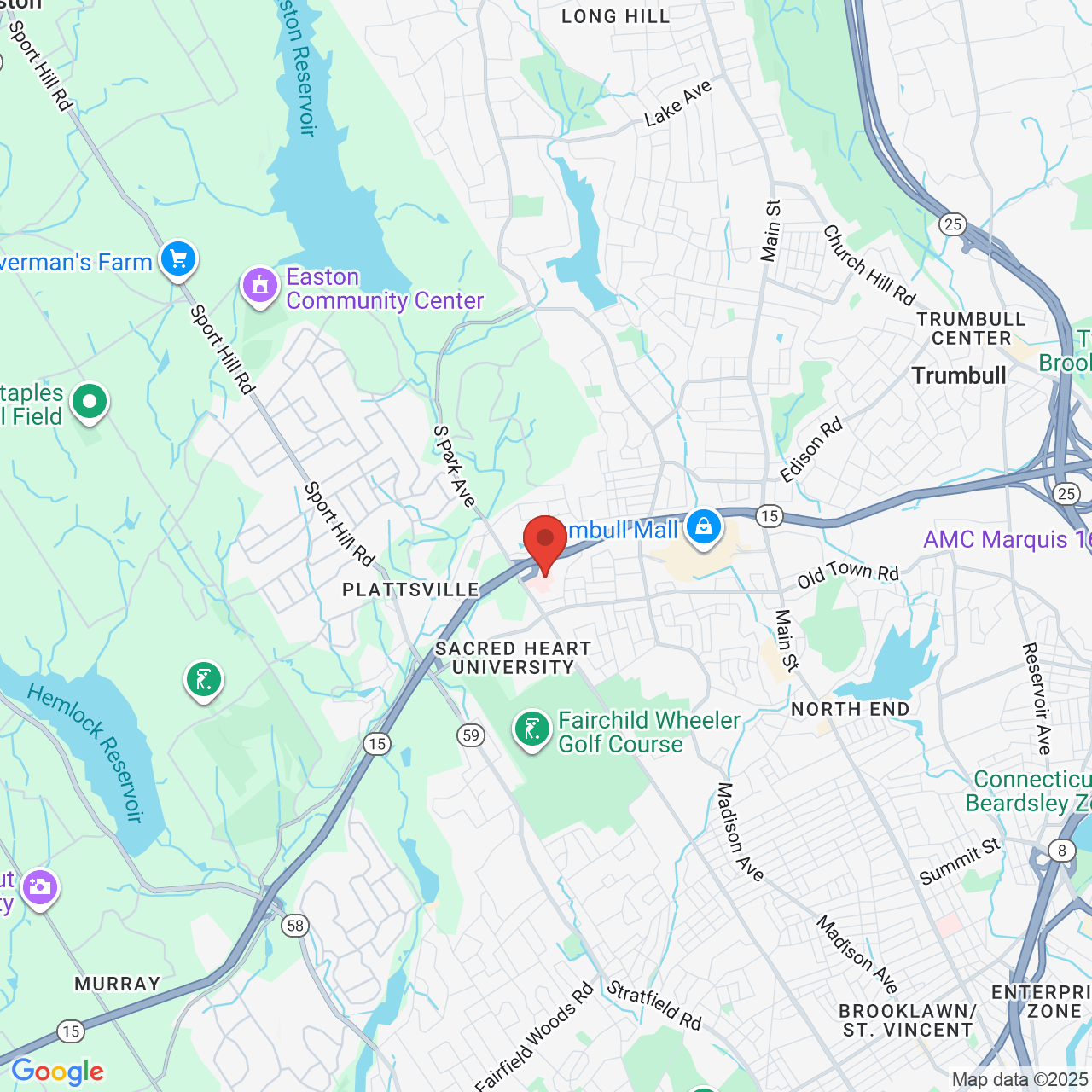Fixing Crooked and Bent Baby Ears Non-Surgically
About 15-20 % of newborns are born with some kind of an ear deformity. This can vary in severity and can affect one ear or both ears. If both ears are affected, they can look completely different, but sometimes they can have the same deformity and just vary in severity.
Crooked Baby Ears - Helical Rim Deformities
The helical rim is the outer border of the ear. Crooked baby ears can occur when the helical rim is bent, indented, wavy, or uneven. This can occur for various reasons, including genetic inheritance, pressure in the womb, or just a random event.
Before and After Ear Molding

Do Babies Grow Into Their Ears?
Baby ear cartilage forms when the baby is in the uterus. A deformity is when all parts of the ear cartilage and skin are present but are just misshapen. Studies have shown that some mild ear deformities will correct on their own in the first week after birth. However, after about 7-10 days of age, the ears will no longer change shape and the deformity will stay as it is. Therefore the old adage that babies grow into their ears is not true. The deformity will be the same unless it is molded early in life, or surgically corrected later in life. As the baby gets older and his/her hair grows, this partially covers the ears, which may make it less noticeable.
When Does Baby Ear Cartilage Harden?
When a baby is born, the cartilage is still soft and moldable. Estrogen from the mother is still in the baby’s system and keeps the cartilage soft. The estrogen levels in the newborn start to drop at about 6 weeks after birth, and the cartilage therefore starts to harden at this time. Certain things can prolong how long the cartilage is soft and moldable. Premature babies have cartilage that stays softer for longer. In addition, when babies are breastfed, the breast milk contains estrogen and can keep the ears softer for slightly longer.
Ideally, we want to start the ear molding process within the first few weeks after birth. Best results are obtained when ear molding is started before 3 weeks of age. However, we have had success improving and correcting some deformities even when starting as old as 2 months of age.
Success rates are almost 100% when ear molding is started in the first 1-3 weeks after birth.
Earwell Infant Ear Correction - Baby Ear Splints
We use various custom molds for infant ear molding. For certain deformities, the Earwell system is used and is customized to fit the size of the ear and the type/extent of the deformity. For other deformities such as lidding deformities, we will use a soft medical grade silicone polymer to create custom baby ear splints.
Ear molding is painless and non-surgical. It does not affect hearing development. Ear molding does not affect sleeping or breastfeeding. We only ask that parents do not get the molds wet, as the adhesive will detach early.

Avoid Future Ear Surgery with Ear Molding
If deformed baby ear cartilage is not molded within the first two months after birth, the only option in the future is surgical correction. Surgery for ear deformities or prominent ears is called otoplasty. An otoplasty is usually performed at 5-6 years of age. Otoplasty is not covered by insurance as it is considered cosmetic at that age. However, ear molding for a newborn is covered by insurance as it is considered reconstructive to fix a newborn ear deformity.
Link to Our Main Website Page on Ear Molding
Fix Crooked Baby Ears - Contact Us
If your newborn has an ear deformity, contact our office to schedule an appointment with Dr. Jandali to start the ear molding as soon as possible. Our office staff will explain the process and get insurance approval before your visit. Call us at 203-374-0310.


